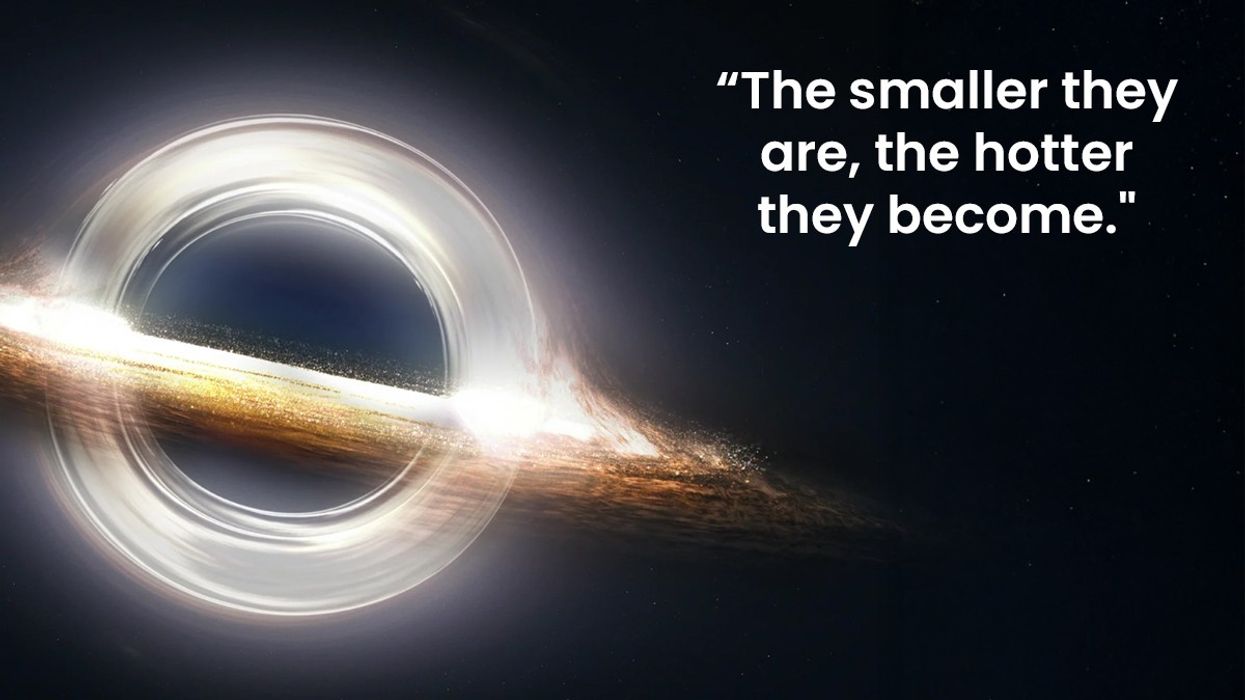The only thing more terrifying than the space-time devouring black holes we see in movies are the real things! Hollywood hasn't come close to conveying the mind-bending reality of these behemoths. With gravity so intense that not even light can escape, they remain one of the greatest challenges for physicists trying to unify two major theories of the universe—Einstein's general theory of relativity and quantum mechanics. Now, scientists in the Netherlands have created an artificial black hole in a lab, and something unexpected happened: it started glowing.
Researchers from the University of Amsterdam built a simulated black hole using a chain of atoms arranged in a single file to mimic the event horizon—the boundary beyond which nothing can return. Their goal was to study a phenomenon known as "Hawking radiation," first proposed by Stephen Hawking in 1974. But what they observed went beyond their expectations, offering a potential breakthrough in our understanding of quantum gravity.
[rebelmouse-image 56107232 expand=1 dam="1" alt="Simulation of a warped and spinning black hole." site_id=26820345 is_animated_gif=false original_size="1200x800" crop_info="%7B%22image%22%3A%20%22https%3A//assets.rbl.ms/56107232/origin.jpg%22%2C%20%22thumbnails%22%3A%20%7B%22origin%22%3A%20%22https%3A//assets.rbl.ms/56107232/origin.jpg%22%2C%20%22600x300%22%3A%20%22https%3A//trending.upworthy.com/media-library/blackhole2-jpg.jpg%3Fid%3D56107232%26width%3D600%26height%3D300%26coordinates%3D0%252C100%252C0%252C100%22%2C%20%22300x300%22%3A%20%22https%3A//trending.upworthy.com/media-library/blackhole2-jpg.jpg%3Fid%3D56107232%26width%3D300%26height%3D300%26coordinates%3D200%252C0%252C200%252C0%22%2C%20%221000x750%22%3A%20%22https%3A//trending.upworthy.com/media-library/blackhole2-jpg.jpg%3Fid%3D56107232%26width%3D1000%26height%3D750%26coordinates%3D66%252C0%252C67%252C0%22%2C%20%221200x800%22%3A%20%22https%3A//trending.upworthy.com/media-library/blackhole2-jpg.jpg%3Fid%3D56107232%26width%3D1200%26height%3D800%26coordinates%3D0%252C0%252C0%252C0%22%2C%20%221200x400%22%3A%20%22https%3A//trending.upworthy.com/media-library/blackhole2-jpg.jpg%3Fid%3D56107232%26width%3D1200%26height%3D400%26coordinates%3D0%252C200%252C0%252C200%22%2C%20%22700x1245%22%3A%20%22https%3A//trending.upworthy.com/media-library/blackhole2-jpg.jpg%3Fid%3D56107232%26width%3D700%26height%3D1245%26coordinates%3D375%252C0%252C375%252C0%22%2C%20%2235x35%22%3A%20%22https%3A//trending.upworthy.com/media-library/blackhole2-jpg.jpg%3Fid%3D56107232%26width%3D35%26height%3D35%22%2C%20%221500x2000%22%3A%20%22https%3A//trending.upworthy.com/media-library/blackhole2-jpg.jpg%3Fid%3D56107232%26width%3D1500%26height%3D2000%26coordinates%3D300%252C0%252C300%252C0%22%2C%20%222000x1500%22%3A%20%22https%3A//trending.upworthy.com/media-library/blackhole2-jpg.jpg%3Fid%3D56107232%26width%3D2000%26height%3D1500%26coordinates%3D66%252C0%252C67%252C0%22%2C%20%221245x700%22%3A%20%22https%3A//trending.upworthy.com/media-library/blackhole2-jpg.jpg%3Fid%3D56107232%26width%3D1245%26height%3D700%26coordinates%3D0%252C62%252C0%252C63%22%2C%20%22600x400%22%3A%20%22https%3A//trending.upworthy.com/media-library/blackhole2-jpg.jpg%3Fid%3D56107232%26width%3D600%26height%3D400%26coordinates%3D0%252C0%252C0%252C0%22%2C%20%22750x1000%22%3A%20%22https%3A//trending.upworthy.com/media-library/blackhole2-jpg.jpg%3Fid%3D56107232%26width%3D750%26height%3D1000%26coordinates%3D300%252C0%252C300%252C0%22%2C%20%22600x%22%3A%20%22https%3A//trending.upworthy.com/media-library/blackhole2-jpg.jpg%3Fid%3D56107232%26width%3D600%22%2C%20%221200x600%22%3A%20%22https%3A//trending.upworthy.com/media-library/blackhole2-jpg.jpg%3Fid%3D56107232%26width%3D1200%26height%3D600%26coordinates%3D0%252C100%252C0%252C100%22%2C%20%22600x600%22%3A%20%22https%3A//trending.upworthy.com/media-library/blackhole2-jpg.jpg%3Fid%3D56107232%26width%3D600%26height%3D600%26coordinates%3D200%252C0%252C200%252C0%22%2C%20%22980x%22%3A%20%22https%3A//trending.upworthy.com/media-library/blackhole2-jpg.jpg%3Fid%3D56107232%26width%3D980%22%2C%20%22210x%22%3A%20%22https%3A//trending.upworthy.com/media-library/blackhole2-jpg.jpg%3Fid%3D56107232%26width%3D210%22%2C%20%22600x200%22%3A%20%22https%3A//trending.upworthy.com/media-library/blackhole2-jpg.jpg%3Fid%3D56107232%26width%3D600%26height%3D200%26coordinates%3D0%252C200%252C0%252C200%22%2C%20%22300x%22%3A%20%22https%3A//trending.upworthy.com/media-library/blackhole2-jpg.jpg%3Fid%3D56107232%26width%3D300%22%7D%2C%20%22manual_image_crops%22%3A%20%7B%229x16%22%3A%20%7B%22sizes%22%3A%20%5B%22700x1245%22%5D%2C%20%22top%22%3A%200%2C%20%22height%22%3A%20800%2C%20%22width%22%3A%20450%2C%20%22left%22%3A%20375%7D%2C%20%22600x300%22%3A%20%7B%22sizes%22%3A%20%5B%22600x300%22%5D%2C%20%22top%22%3A%20100%2C%20%22height%22%3A%20600%2C%20%22width%22%3A%201200%2C%20%22left%22%3A%200%7D%2C%20%223x1%22%3A%20%7B%22sizes%22%3A%20%5B%221200x400%22%2C%20%22600x200%22%5D%2C%20%22top%22%3A%20200%2C%20%22height%22%3A%20400%2C%20%22width%22%3A%201200%2C%20%22left%22%3A%200%7D%2C%20%223x2%22%3A%20%7B%22sizes%22%3A%20%5B%221200x800%22%2C%20%22600x400%22%5D%2C%20%22top%22%3A%200%2C%20%22height%22%3A%20800%2C%20%22width%22%3A%201200%2C%20%22left%22%3A%200%7D%2C%20%221x1%22%3A%20%7B%22sizes%22%3A%20%5B%22600x600%22%2C%20%22300x300%22%5D%2C%20%22top%22%3A%200%2C%20%22height%22%3A%20800%2C%20%22width%22%3A%20800%2C%20%22left%22%3A%20200%7D%2C%20%223x4%22%3A%20%7B%22sizes%22%3A%20%5B%221500x2000%22%2C%20%22750x1000%22%5D%2C%20%22top%22%3A%200%2C%20%22height%22%3A%20800%2C%20%22width%22%3A%20600%2C%20%22left%22%3A%20300%7D%2C%20%2216x9%22%3A%20%7B%22sizes%22%3A%20%5B%221245x700%22%5D%2C%20%22top%22%3A%2062%2C%20%22height%22%3A%20675%2C%20%22width%22%3A%201200%2C%20%22left%22%3A%200%7D%2C%20%224x3%22%3A%20%7B%22sizes%22%3A%20%5B%222000x1500%22%2C%20%221000x750%22%5D%2C%20%22top%22%3A%200%2C%20%22height%22%3A%20800%2C%20%22width%22%3A%201067%2C%20%22left%22%3A%2066%7D%2C%20%222x1%22%3A%20%7B%22sizes%22%3A%20%5B%221200x600%22%2C%20%22600x300%22%5D%2C%20%22top%22%3A%20100%2C%20%22height%22%3A%20600%2C%20%22width%22%3A%201200%2C%20%22left%22%3A%200%7D%7D%7D" pin_description="" caption="Sophisticated simulated images like this one give us a glimpse of the most powerful things known to exist in the cosmos." photo_credit_src="https://trending.upworthy.com/r/entryeditor/Yukterez,%20cc%20by-sa%204.0%20
A glowing discovery
In simple terms, Hawking radiation is a type of energy that, theoretically, should be emitted by black holes due to disruptions in quantum fluctuations at the event horizon, reports Science Alert. If Hawking's theory is correct, black holes don’t last forever. Instead, they slowly evaporate over time—though in reality, this process is too faint to be observed from Earth.
However, when the researchers in Amsterdam simulated this effect, something unexpected occurred. Their artificial black hole started to glow. The radiation they observed appeared only when a portion of the atomic chain extended beyond the event horizon, suggesting that quantum entanglement plays a crucial role in generating Hawking radiation.
"This can open a venue for exploring fundamental quantum-mechanical aspects alongside gravity and curved spacetimes in various condensed matter settings."
— Researchers, Physical Review Research
Why this matters
One of the biggest unsolved problems in physics is the clash between general relativity and quantum mechanics. Einstein's theory explains gravity on a cosmic scale, treating space and time as a smooth, continuous fabric. Meanwhile, quantum mechanics describes the subatomic world, where particles behave probabilistically rather than following strict rules. The problem? These two frameworks don't align when it comes to black holes.
A theory of "quantum gravity"—a way to unify these two systems—remains elusive. However, black holes may hold the key. If Hawking radiation can be confirmed, it would be a step toward bridging the gap between Einstein’s smooth spacetime and the bizarre, probabilistic nature of quantum physics.
The future of black hole research
While this artificial black hole isn’t the real thing, it gives scientists a controlled way to test theories that would otherwise be impossible to study in deep space. And the fact that the simulated black hole glowed when it wasn’t expected to means there could be more to Hawking radiation than we previously thought.
Past simulations of black holes have been conducted, but this experiment marks a significant step forward. By demonstrating that quantum entanglement is involved in the radiation process, the study could provide new insights into the true nature of black holes—and even the fate of our universe.
If Hawking radiation is real, it means black holes aren’t immortal. Over billions or even trillions of years, they could slowly shrink and eventually vanish, leaving behind only radiation. The discovery of a glowing artificial black hole may be the first step toward proving that theory.
Who knows? The next breakthrough in black hole physics might not come from space—but from a lab right here on Earth.





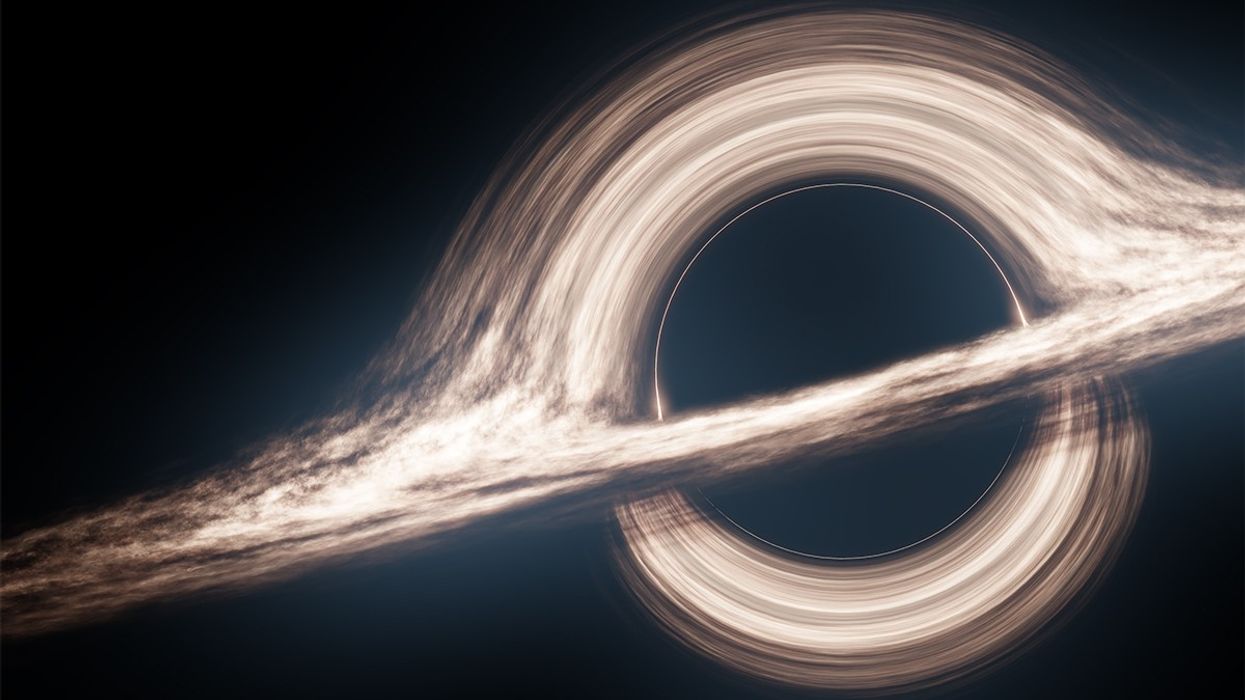

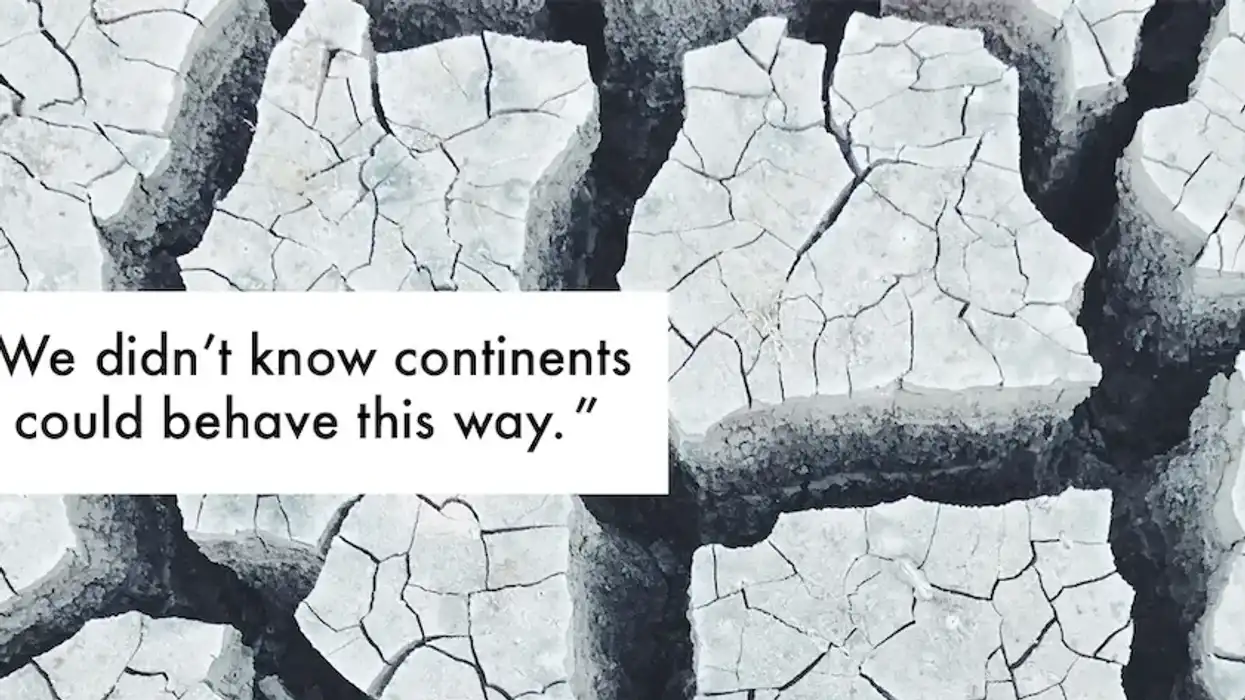



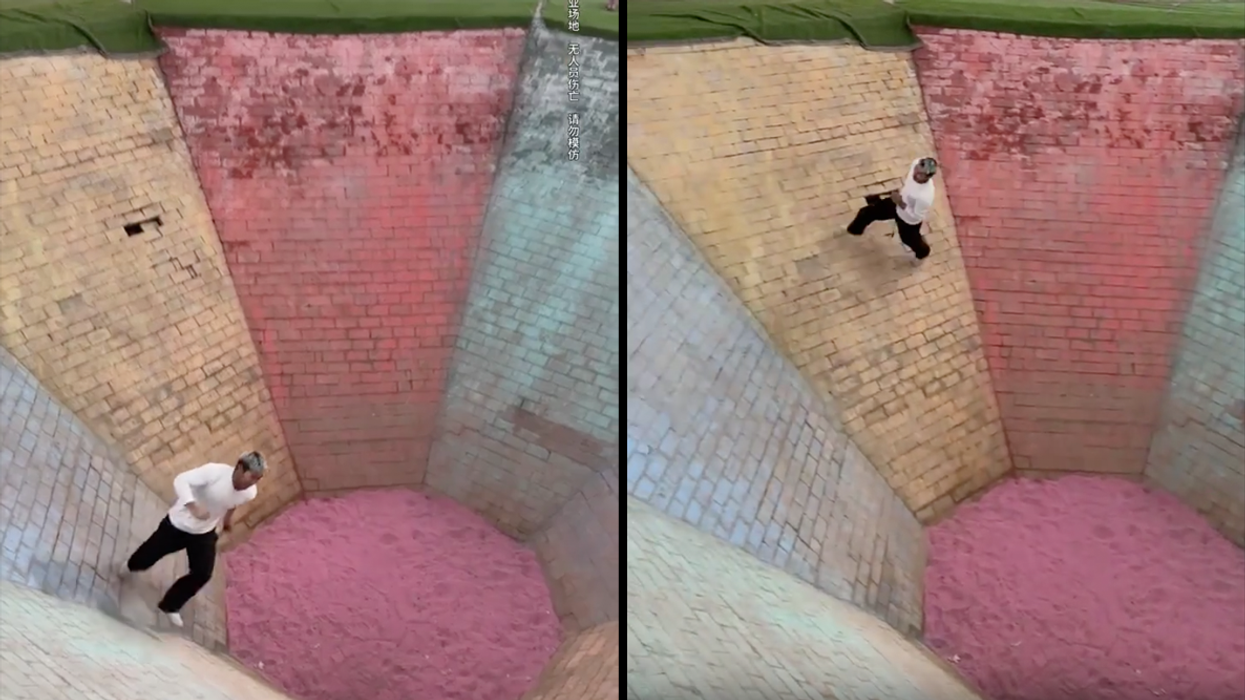
 This represents the key to the perfect flow statePhoto by
This represents the key to the perfect flow statePhoto by 






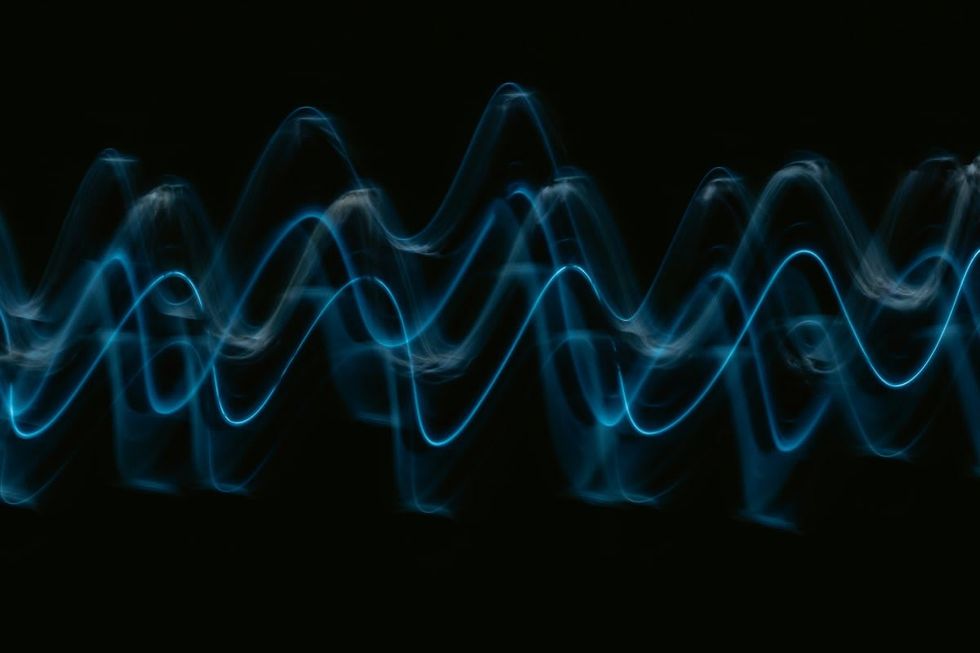 Representative Image Source: Unsplash | Pawel Czerwinski
Representative Image Source: Unsplash | Pawel Czerwinski 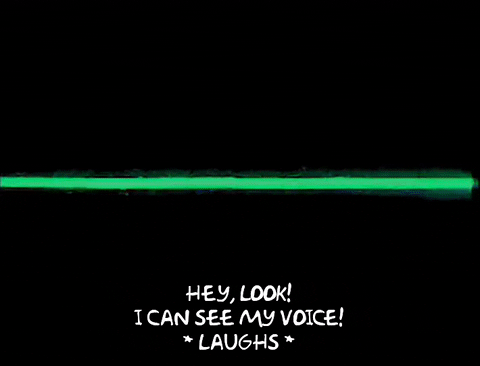
 Representative Image Source: Pexels | Pixabay
Representative Image Source: Pexels | Pixabay 






